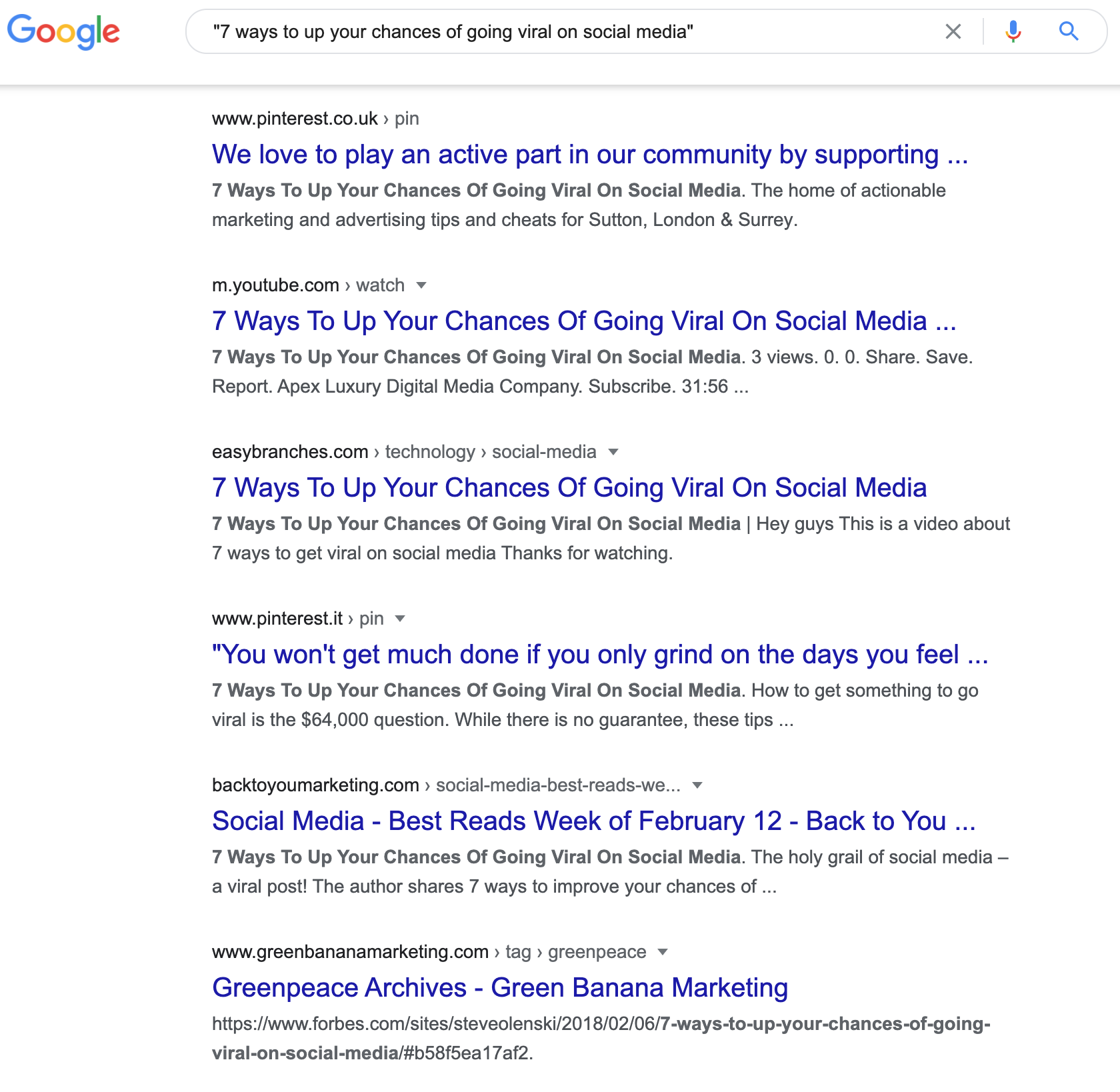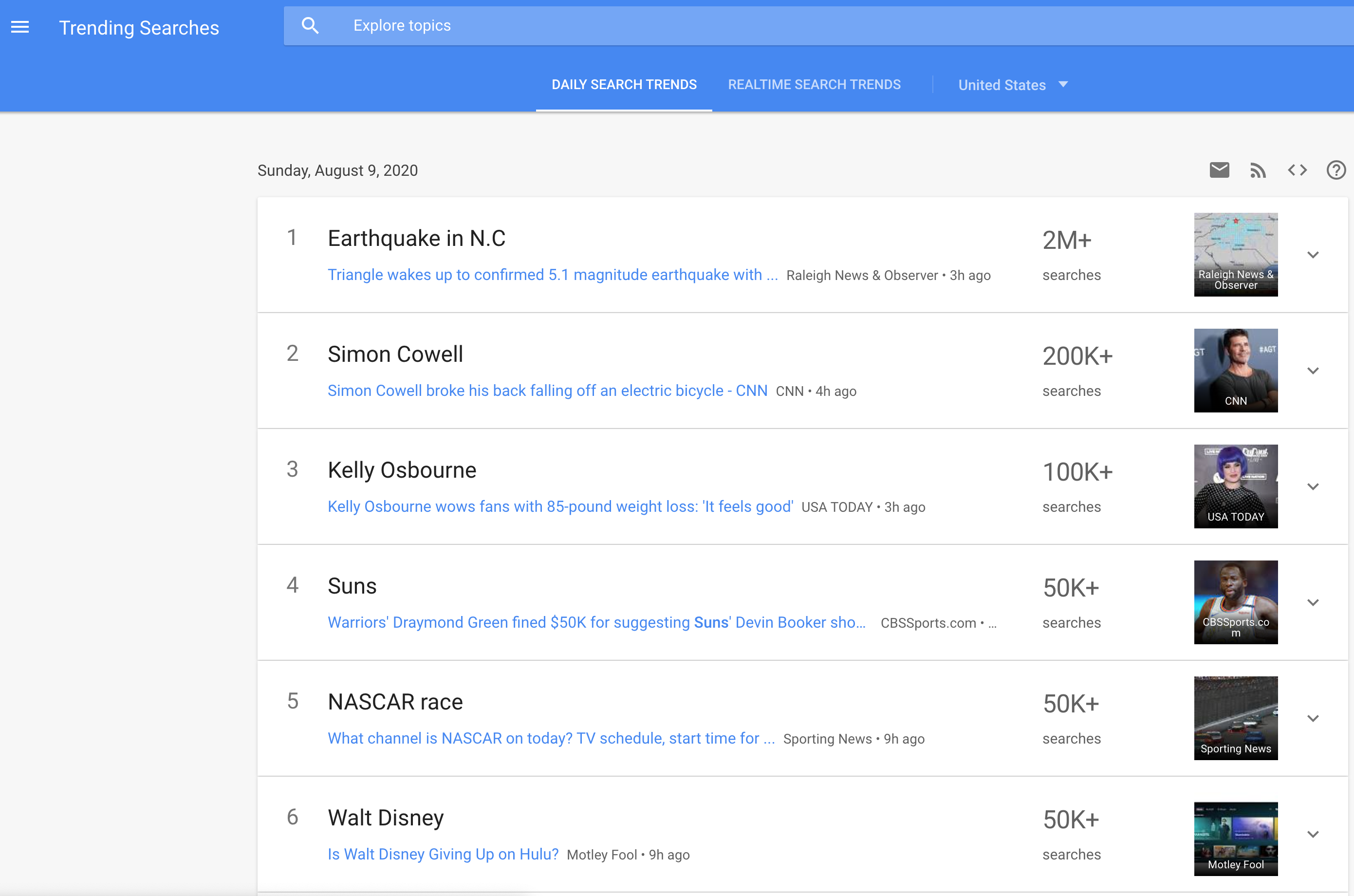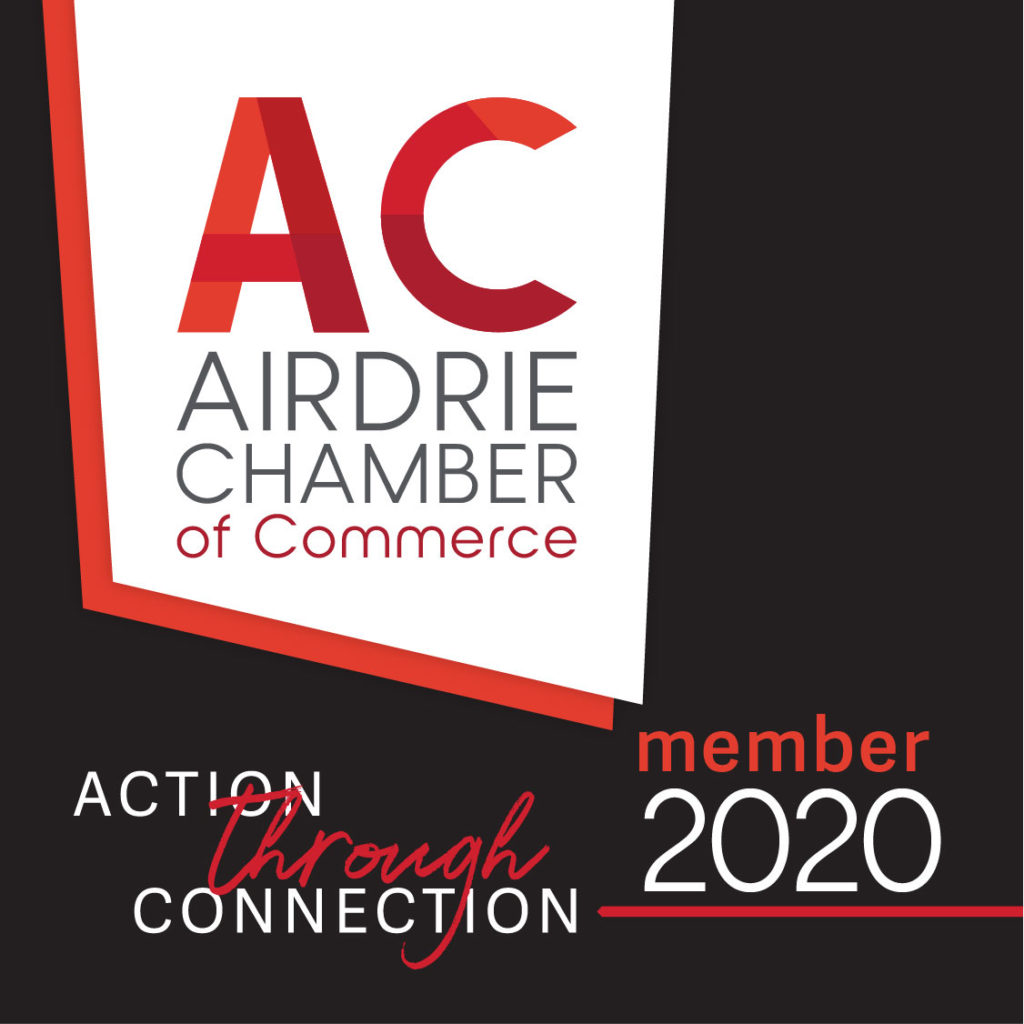Most marketing managers have at least one goal for their content marketing strategy. They want to rank well in search, attract editorial links, increase organic search traffic, increase organic social media traffic, improve individual authority or brand visibility, or improve customer experience. With the right piece of content, you can achieve most of these goals with one publication. In this post, we’ll teach you the not-so-secret ways to create content that ranks well in search, attracts links, and generates traffic.
What kind of content goes viral?
If you want to create a fantastic piece of content that ranks high, you’ll have to learn how to implement text, images, and video into your content marketing strategy. All content formats have the potential to go viral if you place them on the right network.
If you have supplementary content with viral potential to share on the top social networks, each piece of content can take viewers to a link on your website. For example, you have a great piece of content: a blog post on your company website. Within that blog post, you have created callouts, images, gifs, and videos to illustrate subheadings, quotes, statistics, and essential points.
If snippets of text, images, gifs, and videos from your blog post can make a strong impression by themselves, you can use them to promote your blog post. For example:
- You can share quotes, statistics, and other interesting points – up to 255 characters – and a link to your blog post to make a viral tweet.
- You can share images with quotes, statistics, and other interesting points with links to your post to go viral on the main news feed or discover/explore Instagram, Pinterest, Imgur, and Reddit sections.
- You can share videos that support your article with a link to your significant blog post to go viral on YouTube and Instagram in the news feed or on IGTV.
- You can share gifs using snippets of video, a brief explainer, or a short tutorial with a link to your article to get visibility in the main news feed or discovery/explore sections of Instagram, Imgur Tumblr.
- You can share videos created with stories on Facebook & Instagram, Tumblr, Snapchat, and TikTok in mind. You can use apps from Adobe and templates from Canva to create exciting content that influencers from each network will love.
- You can share PDFs, presentations, and ebooks based on your content to get popular on SlideShare, Scribd, and Amazon. You can use Google Docs and Slides to create all three long-form formats.
This will give the maximum amount of visibility for your web content. You’ll get in front of influencers who only have an engaged audience on one or two social networks. You’ll get in front of editors and writers who monitor one or two social networks for the best resources for their own content.
All of the social shares and editorial links acquired for your piece of content will help it rank in search, not only in Google search results but also within social media.
Do people care about this topic?
When you start your keyword research, you shouldn’t just look at the number of average monthly searches for a particular topic. You should look at the search trends to determine if the topic is relevant or becoming relevant now?
Using the Trend column in SEMrush’s Keyword Magic Tool, you can see the search trend within the last 12 months. For most of the broad match keyword phrases above, you can see either a steady search trend or a recent uptick in interest. The exception is how to make a go fund page go viral, a topic that Google search users have searched for less in the last six months.
If you are looking for trending topics or are about to go viral, free resources like Google Trends can help. The Trending Searches page for your country will reveal the top daily searches and most popular real-time searches, with a graph showing the popularity within the last 24 hours.
Your goal is to come up with one primary keyword phrase for your content. A keyword phrase that has a steady or increasing positive trend in average monthly searches. You will use that keyword phrase to optimize your main piece of content – it should appear in the title, description, image filenames, alt-attributes, video filenames, hashtags, and other relevant attributes and fields.
You will also need related keyword phrases to optimize your content supplementary content’s main headings/focus points. These can help you acquire more visibility in search results if you properly optimize your content for the best combination of keyword phrases.
What is included on the first page of the search results for this topic?
If your goal is to create content that ranks on the first page of Google search results, you should start studying the competition. Find it by searching for related keyword phrases you intend to target with your copywriting.
Depending on your topic, you will likely find a mix of blog posts, articles, videos from YouTube, and images from Google Image search. Some may be linked in search features like the Google Knowledge Box, or the People may also ask section.
Altogether, you may need to research 10 – 20 pieces of content that rank on the first pages of search results. In theory, if you can create the best piece of content, you can outrank the competition in search results.
What is covered on each page ranking on the first page of the search results?
To create the best piece of content, you need to create the most comprehensive piece of content. After you have reviewed the content that currently ranks highest in search results, you should know:
- How many words your blog post needs to have. Your content should be a minimum of the average word count from the top blog posts/articles. While you don’t need to have the most extended piece of content, you shouldn’t have the shortest unless your domain has higher authority than others on the first page of search results.
- How long your video needs to be. Your video should aim to cover its points in the least amount of time to keep your viewer’s attention.
- What types of images to create (gifs, infographics, quotes, etc.). Each can be marketed on most social networks.
- What points need to be covered. If you want your piece of content to get the most links and social shares, it needs to be complete. Don’t make readers have to search for more content to get the intended message across.
- What points need to be covered. If you want your piece of content to get the most links and social shares, it needs to be complete. Don’t make readers have to search for more content to get the intended message across.
- How users can have a better experience with your content. You will want to hook them at the start and guide them through the topic in the most thorough yet concise manner possible. You will want to have the best overall aesthetic with high-quality fonts, images, and graphic design.
- What resources/statistics can be updated. Google and your readers will appreciate that your article has the most current data to back up any points made or advice given.
- The average number of social shares, links, views, and comments received.
You don’t have to be an expert at creating all content types to make a complete viral content package. If you produce high-quality videos, you can outsource the transcription, write a recap or highlight blog posts, and professional graphics creation with tools like Canva and PicMonkey.
Alternatively, if you’re a great writer, you can use Animoto, Toonly, or Promo.com to create professional videos and Canva for graphics. Services from Giphy, Bannersnack, and Tumblr can help any content creator make shareworthy gifs from their image collections or video snippets.
How do I make my content go viral?
Creating the best piece of content and the most useful supplementary content isn’t going to help you rank well in search. You have to get your content the maximum amount of visibility needed to acquire the social signals and links.
Ultimately, the goal is to get your content shared on the top social networks discovered and shared by more people. You can do this by posting updates and stories from your own social profiles. Or you can ask influencers from particular social networks to share your content.
Virality happens when many people start sharing the same thing during a short period of time. For example, a video on YouTube that gets thousands of views or a gif on Reddit that gets thousands of upvotes within an hour could become viral on those networks. Viral content goes beyond the original sharer’s audience. It can reach new audiences on the social network’s homepage, the main news feed, search results, suggested content, or discovery/explore tabs.
To help your content go viral, you need to create a content promotion plan. This checklist should ensure that you have all of the required supplementary content to promote your main piece of content on the top social networks. It will also give you a schedule to follow to schedule unique promotions throughout the day, week, month, and year.
If you don’t know any influencers, you can find the ones that make viral posts by looking at the top posts for related keyword searches and hashtags. Connect with these influencers and engage with their posts in advance so they get to know you. Then, when you create your own content, give influencers a reason to want to share your content with their followers.
One great way to do this is to answer questions with links to your content. You can search for queries that include your targeted keywords and phrases on networks like Quora. You can also monitor posts from influencers, the comments and replies to relevant posts, retweets with comments on relevant tweets, and relevant stories for the chance to answer a question with a link to your content.
Look at this as an opportunity to provide value to another person. It shouldn’t be approached as an opportunity to spam as many people as possible with links. If you focus on providing a lot of value to people, some may thank you by sharing your content.
How do I ensure my content gets links?
In addition to reaching people through social promotion, you will want to launch a link building campaign specifically for your top pieces of content. You can use backlink explorers to see the web pages linked to your competition’s content in search.
You can also run a Google search for the content by its title to see what sites link to it, including social network posts.

Does your content have a particular benefit? Is it newer? More thorough? Does it include exclusive information?
Reach out to people who linked to similar pieces of content and tell them why they should add a link to yours in addition to or in place of the other content.
If you know of popular blogs or media sites that have shut down, keep track of them. If you can track links to posts from shuttered sites, you could suggest your content as a more recent and reliable replacement. Most webmasters, editors, and authors want to remove broken links from their web pages and update them to benefit their visitors.
Another way to get links to your top content is to contribute to other blogs on relevant topics. A link to a blog post, YouTube video, or free case study or research PDF (without an email signup requirement) could be seen as an excellent resource for your guest post instead of self-promotion. Follow the site’s guest posting or contributor guidelines and learn how to get links to your content by reading through other guest author’s posts.
As you acquire backlinks, keep the information for successful requests handy for future pieces of content. You want to eventually build a list with the top weekly recap posts from your industry, places to submit guest posts that link back to your content, and domains you can research for outdated and broken content links.
You will also want a handy list of links to your top pieces of content, videos, guest posts, and most liked/commented upon posts. Look for any opportunity to build links to your other articles of content. High authority external links will add value to your future pieces of content.
Boosting the authority of links to your site makes them even more valuable in your backlink profile. Getting more social traffic and shares for guest posts can make your writing credits stand to other publications in your industry.
In Conclusion
There is a recipe for creating content that ranks well in search. It starts with finding a topic that has a steady or upward-trending search volume. Once you have created a comprehensive, well-researched, and properly optimized piece of content, you need to create supplementary content in multiple formats to promote it.
If you aim for viral popularity across the top social networks, you will get the most exposure for your content. As your content gains popularity, it will reach more content authors, editors, and webmasters from high-authority sites. You’ll reap the benefits of earning natural editorial links, having content to leverage for additional links, and gaining more visibility in Google and social search.








